Expressing Emotion Through Color in Painting
Have you ever stood in front of a painting and felt an overwhelming rush of emotion? Maybe it was the vibrant red that made your heart race, or the soothing blue that calmed your spirit. Color is a powerful tool in the world of art, capable of evoking a wide range of feelings and responses. In this article, we will explore how artists manipulate color to express emotions, the psychological principles behind these choices, and the profound impact color has on viewers' perceptions. Whether you're an aspiring artist, a seasoned painter, or simply an art lover, understanding the emotional language of color can deepen your appreciation for the masterpieces that adorn our galleries and homes.
Understanding how colors evoke emotions is essential for artists. The psychology of color is a fascinating field that reveals how different hues can influence our feelings and behaviors. Each color carries its own set of connotations and emotional weight. For instance, red is often associated with passion and intensity, while blue tends to evoke feelings of calmness and serenity. By tapping into these psychological associations, artists can effectively communicate their intended message to the viewer. But why does this happen? It all boils down to our experiences, cultural backgrounds, and even biological responses to colors. For example, studies have shown that warm colors can increase heart rates and stimulate feelings of excitement, while cool colors can have a calming effect.
A grasp of color theory is fundamental for any painter. Understanding the relationships between colors can significantly enhance an artist's ability to convey emotions. The basic color wheel consists of primary colors (red, blue, and yellow), secondary colors (green, orange, and purple), and tertiary colors, which are created by mixing primary and secondary colors. Each of these colors carries its own emotional implications:
| Color | Emotional Implication |
|---|---|
| Red | Passion, Energy |
| Blue | Calm, Trust |
| Yellow | Happiness, Optimism |
| Green | Growth, Harmony |
| Purple | Luxury, Mystery |
By understanding these color relationships, artists can create more impactful works that resonate emotionally with their audience.
Warm colors like red, orange, and yellow often convey energy and passion. These hues are known to evoke strong emotions in viewers, making them ideal for creating dynamic and engaging artwork. Think about the last time you saw a fiery sunset or a vibrant autumn landscape—didn't it make your heart race with excitement? That’s the power of warm colors! They can create a sense of urgency, draw attention, and even stimulate conversation.
Artists often use warm colors to create a sense of urgency or excitement. Techniques such as layering, glazing, and bold brush strokes can amplify the intensity of warm hues. For example, a painter might use thick, impasto techniques with reds and oranges to create a swirling, energetic effect that draws the viewer in. The vibrant energy of these colors can be likened to the feeling of a live concert, where the atmosphere is electric and exhilarating.
It's important to note that different cultures may interpret warm colors uniquely. In some cultures, red symbolizes love and celebration, while in others, it may represent danger or warning. This cultural context can significantly influence emotional responses to warm colors in art. Understanding these nuances allows artists to connect more deeply with their audience, creating works that resonate on multiple levels.
Cool colors such as blue, green, and purple tend to evoke calmness and tranquility. These hues can create a soothing atmosphere, making them perfect for artworks that aim to provide peace or introspection. Imagine standing by a serene lake surrounded by lush greenery; the cool colors of nature can instantly put you at ease. Artists often use these colors to establish a sense of balance and harmony in their compositions.
The interplay of colors can significantly enhance emotional expression. When combined thoughtfully, colors can create a rich tapestry of feelings and perceptions. For instance, pairing warm and cool colors can generate striking contrasts that draw the viewer's eye and provoke thought. This dynamic relationship can evoke a range of emotions, from tension to serenity, depending on how the colors are utilized.
Using complementary colors can create dynamic tension in art. Complementary colors are opposite each other on the color wheel, such as red and green or blue and orange. When placed side by side, these colors enhance each other, creating a vibrant visual experience. Artists leverage these contrasts to evoke specific emotions, making their work more engaging and thought-provoking.
Monochromatic color schemes can establish a cohesive mood. By using variations of a single color, artists can convey deep emotional narratives without overwhelming the viewer. This technique can create a sense of unity and focus, allowing the viewer to immerse themselves in the emotional depth of the artwork. Think of it as a gentle melody that resonates through different notes, creating a harmonious experience.
- How do colors affect our mood? Colors can evoke specific emotions based on psychological associations and personal experiences.
- Can an artist's choice of color change how a painting is perceived? Absolutely! Color choices can significantly influence viewers' emotional responses and interpretations of a piece.
- What are complementary colors? Complementary colors are pairs of colors that are opposite each other on the color wheel, creating contrast and vibrancy when used together.
- How can I learn more about color theory? There are numerous online courses, books, and resources available that delve into color theory and its application in art.
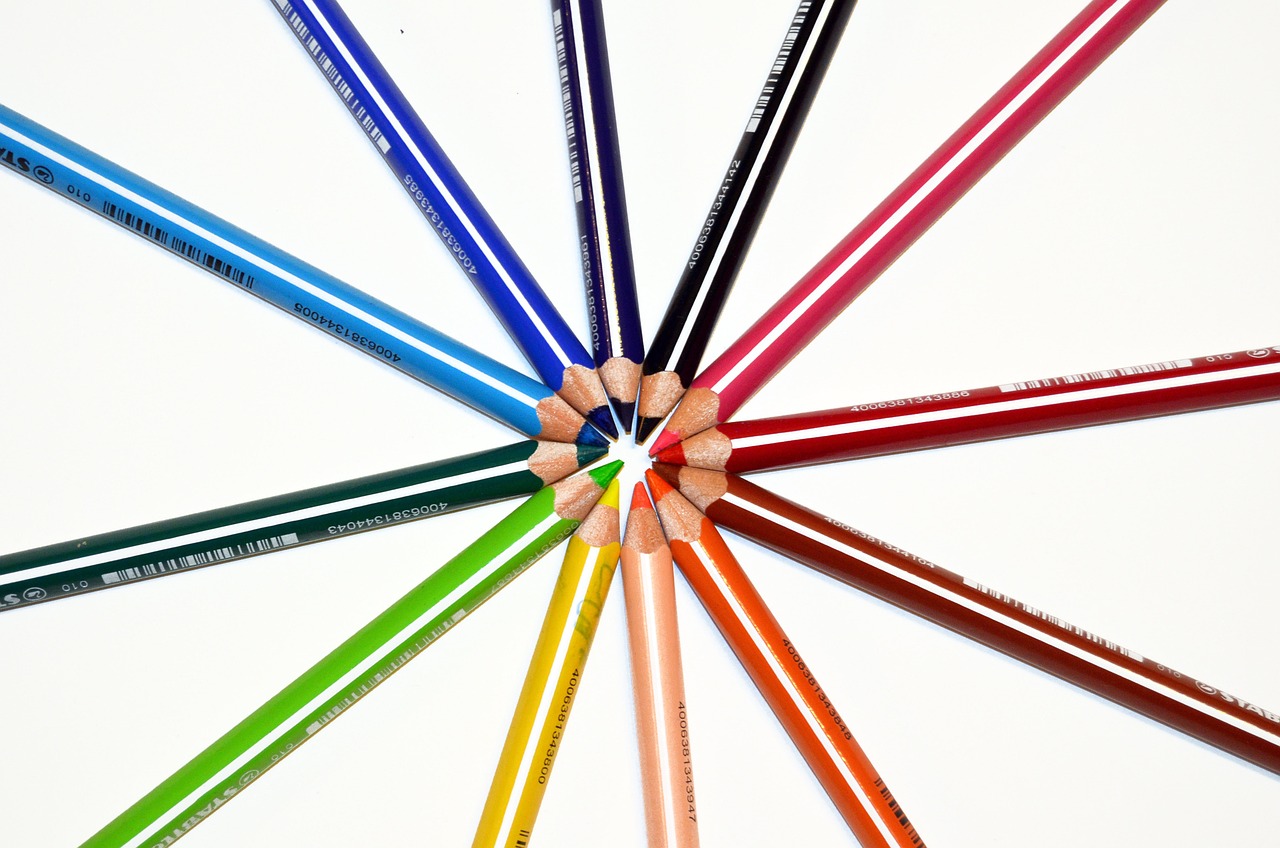
The Psychology of Color
Understanding how colors evoke emotions is essential for artists, as it allows them to communicate feelings and narratives effectively through their work. The psychology of color is a fascinating field that reveals how different hues can influence our moods, perceptions, and even behaviors. For instance, have you ever walked into a room painted in a soft blue and felt an immediate sense of calm? Or perhaps you've noticed how a vibrant red can ignite feelings of passion or urgency? These reactions are not coincidental; they stem from deep-rooted associations we have with various colors.
Colors can be categorized into warm and cool tones, each carrying distinct emotional weight. Warm colors, such as red, orange, and yellow, are often associated with energy, excitement, and warmth. In contrast, cool colors like blue, green, and purple tend to evoke feelings of calmness and serenity. This dichotomy can serve as a powerful tool for artists, enabling them to manipulate the emotional landscape of their paintings.
To better understand how color influences our emotions, let’s dive into the meanings behind some common colors:
| Color | Emotional Association |
|---|---|
| Red | Passion, Energy, Anger |
| Blue | Calmness, Trust, Sadness |
| Yellow | Happiness, Optimism, Caution |
| Green | Growth, Harmony, Envy |
| Purple | Luxury, Creativity, Mystery |
Artists often draw upon these associations to evoke specific feelings within their audience. For example, a painter might choose a vibrant yellow to convey joy in a landscape, while using deep blues to evoke a sense of melancholy in a portrait. The choice of color can transform the viewer's experience, making them feel a part of the narrative being presented.
Moreover, the emotional impact of color is not universally understood; it can vary greatly across different cultures and contexts. For instance, while white is often associated with purity and innocence in Western cultures, it may symbolize mourning in some Eastern cultures. This cultural nuance adds another layer of complexity to the psychology of color in art.
In conclusion, the psychology of color is a powerful element in painting that can enhance emotional expression and deepen the viewer's connection to the artwork. By understanding the emotional implications of color, artists can create works that resonate on a profound level, inviting viewers to explore not just the visual but also the emotional narratives embedded within their creations.
- How do colors influence our emotions? Colors can evoke various feelings based on cultural associations, personal experiences, and psychological effects.
- What colors are considered warm and cool? Warm colors include red, orange, and yellow, while cool colors encompass blue, green, and purple.
- Can color choices affect how a painting is perceived? Absolutely! The colors used in a painting can significantly alter the viewer's emotional response and interpretation of the artwork.
- Are there universal meanings for colors? While some color meanings are widely accepted, interpretations can vary significantly across different cultures.
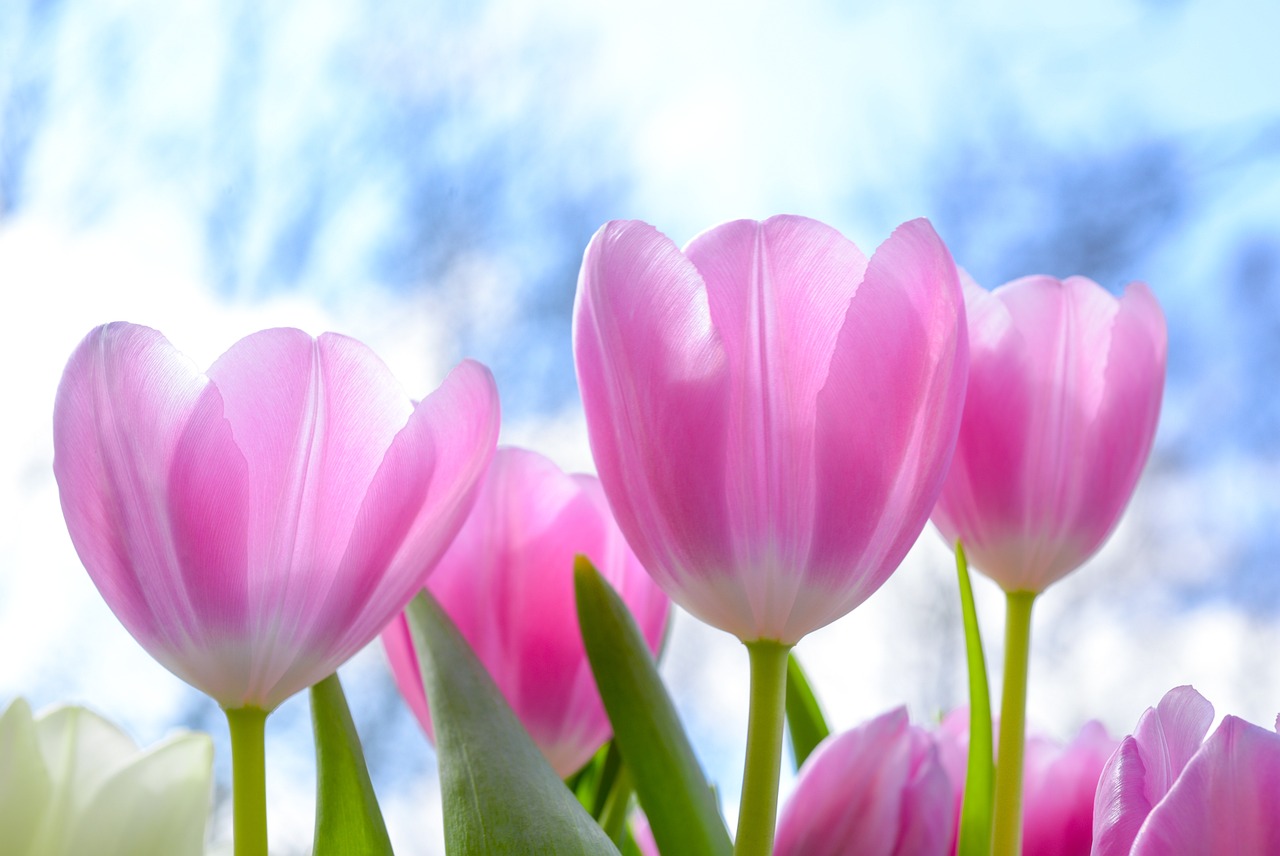
Understanding color theory is like having a secret map that guides artists through the vast landscape of emotions. It’s not just about mixing paints; it’s about knowing how to evoke feelings and tell stories through those colors. At its core, color theory is composed of three main categories: primary colors, secondary colors, and complementary colors. Each of these categories plays a crucial role in how we perceive and react to art.
Let’s break it down a bit. The primary colors—red, blue, and yellow—are the building blocks of all other colors. They cannot be created by mixing other colors, making them unique in their ability to stand alone or combine to create new hues. When these primary colors are mixed together, they form secondary colors: green, orange, and purple. This blending of colors opens up a world of possibilities for artists, allowing them to create a wide spectrum of emotional responses.
Now, let’s talk about complementary colors. These are colors that sit opposite each other on the color wheel, such as blue and orange or red and green. When placed next to each other, complementary colors create a vibrant contrast that can grab a viewer’s attention and evoke strong emotional reactions. For example, the pairing of a deep blue with a fiery orange can create a sense of tension and excitement, while a combination of soft pink and green might evoke feelings of calmness and harmony.
| Color Type | Examples | Emotional Implications |
|---|---|---|
| Primary Colors | Red, Blue, Yellow | Strong, Bold, Energetic |
| Secondary Colors | Green, Orange, Purple | Creative, Vibrant, Playful |
| Complementary Colors | Blue & Orange, Red & Green | Dynamic, Tension, Contrast |
But it doesn’t stop there. Understanding the emotional implications of these colors is just as vital. For instance, while red might signify passion or anger, blue often represents calmness or sadness. This emotional language of color can be incredibly powerful in painting, allowing artists to communicate feelings without uttering a word.
In addition to these basic categories, artists also explore color harmony, which refers to the pleasing arrangement of colors. Harmonious color schemes can evoke a sense of balance and tranquility, while dissonant schemes might create unease or tension. The choice of colors can guide the viewer’s experience, making it essential for artists to consider their palette carefully.
Ultimately, grasping the fundamentals of color theory is like learning the alphabet of artistic expression. It’s the foundation upon which artists build their emotional narratives, enabling them to connect with viewers on a deeper level. So, the next time you admire a painting, take a moment to consider the colors used and the emotions they might be conveying. You might just find a whole new layer of meaning!
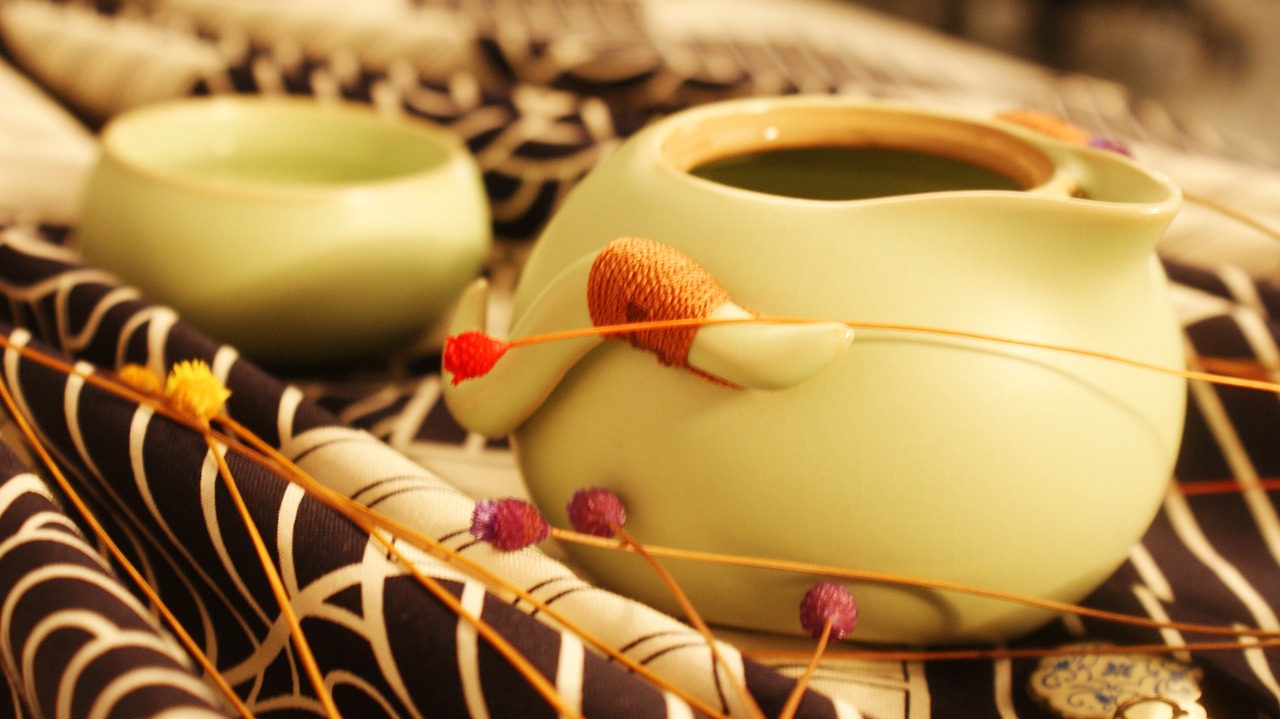
When you think of warm colors, what comes to mind? Perhaps the vibrant red of a sunset, the cheerful yellow of sunflowers, or the fiery orange of autumn leaves. These colors are not just visually stimulating; they carry profound emotional weight that can profoundly impact viewers. Warm colors are often associated with feelings of energy, warmth, and passion. But why do these colors evoke such strong emotions?
One reason is that warm colors tend to be more stimulating to the senses. They can create a sense of urgency and excitement, drawing the viewer's attention and creating a dynamic atmosphere. For instance, in a painting that utilizes a bold red background, the viewer may feel a rush of adrenaline or a sense of passion. This is because red is often linked to strong emotions such as love, anger, or even danger. Similarly, orange can evoke feelings of enthusiasm and creativity, while yellow is frequently associated with happiness and optimism.
Artists have long understood the power of warm colors and have mastered various techniques to harness their emotional potential. For example, consider the way Vincent van Gogh used warm colors in his famous painting The Starry Night. The swirling yellows and oranges create a sense of movement and intensity that draws the viewer into the scene. This technique not only captivates the audience but also allows them to feel the emotional weight of the moment depicted.
However, the impact of warm colors can vary significantly depending on the context in which they are used. For instance, a vibrant red may evoke feelings of love in one painting but can also suggest aggression in another. This duality highlights the importance of context and cultural interpretation in understanding emotional responses to color. Different cultures may have unique associations with warm colors, which can influence how they are perceived. In some cultures, red symbolizes good fortune, while in others, it may represent danger or warning. Thus, the artist's intent, combined with the viewer's background, plays a crucial role in interpreting the emotional message conveyed through warm colors.
To further illustrate the emotional impact of warm colors, let’s take a look at a simple table summarizing their common associations:
| Warm Color | Emotional Associations |
|---|---|
| Red | Passion, Love, Anger |
| Orange | Enthusiasm, Creativity, Warmth |
| Yellow | Happiness, Optimism, Caution |
In conclusion, warm colors have a remarkable ability to evoke strong emotional responses in viewers. By understanding the psychological effects of these colors, artists can effectively communicate feelings and narratives through their work. Whether it's the fiery passion of red or the cheerful brightness of yellow, warm colors can transform a simple painting into a powerful emotional experience.
- What are warm colors? Warm colors include red, orange, and yellow, and are often associated with energy and passion.
- How do warm colors affect emotions? Warm colors can evoke feelings of excitement, warmth, and urgency, depending on the context in which they are used.
- Can cultural background influence color perception? Yes, different cultures may interpret warm colors differently, affecting emotional responses to art.
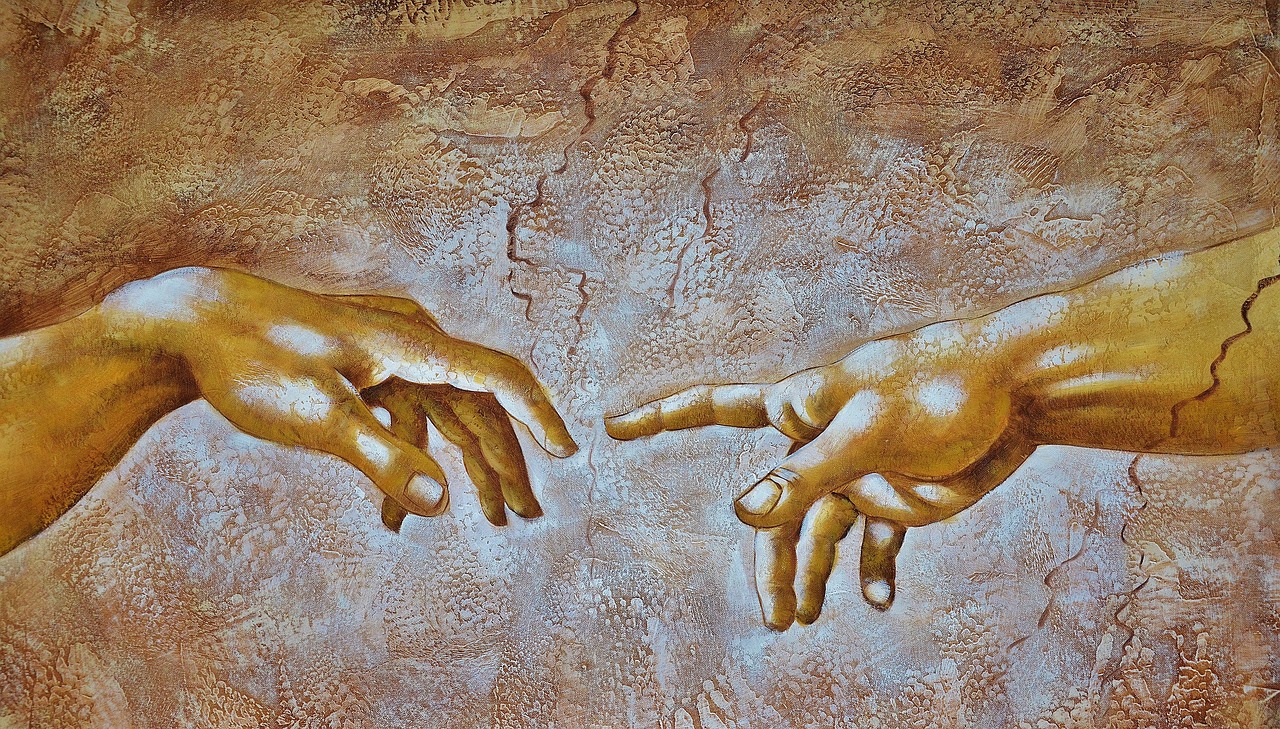
When it comes to painting, warm colors such as red, orange, and yellow are like the fireworks of the color palette—explosive, vibrant, and full of life. Artists often harness these hues to infuse their work with a sense of intensity and urgency. Imagine walking into a room where a painting dominated by fiery reds and oranges hangs on the wall; you can almost feel the heat radiating from it. This is the power of warm colors! They not only draw the viewer's eye but also evoke strong emotions that can range from passion and excitement to anger and anxiety.
One effective technique artists use is the application of warm colors in strategic areas of their compositions. By placing these colors in focal points, they can guide the viewer's attention and create a sense of immediacy. For instance, a painting depicting a sunset might use vibrant oranges and yellows at the horizon to evoke feelings of hope and renewal. In contrast, an artwork that features a chaotic scene might utilize deep reds and fiery oranges to convey tension and unrest.
Moreover, the intensity of warm colors can be heightened through various techniques. Here are some methods artists often employ:
- Layering: Applying multiple layers of warm colors can create depth and richness, enhancing the emotional impact.
- Contrast: Using cool colors alongside warm colors can make the warm hues pop, emphasizing their intensity even further.
- Brush Techniques: Bold, sweeping brush strokes can convey a sense of movement and energy, making the warm colors feel alive.
It's also fascinating to note that the perception of warm colors can vary based on cultural backgrounds. For example, in many Western cultures, red is often associated with love and passion, while in some Eastern cultures, it symbolizes good fortune and happiness. Therefore, when artists incorporate warm colors into their work, they are not merely choosing a color; they are also tapping into a rich tapestry of meanings and emotions that can resonate differently with diverse audiences.
In conclusion, the use of warm colors in painting is a powerful tool for artists aiming to create intensity and emotional depth. By understanding how these colors interact with viewers' emotions, artists can craft works that not only capture attention but also provoke thought and feeling. So, the next time you find yourself gazing at a painting dominated by warm hues, take a moment to consider the emotions it stirs within you. Are you feeling energized, passionate, or perhaps a little anxious? That’s the beauty of color in art!
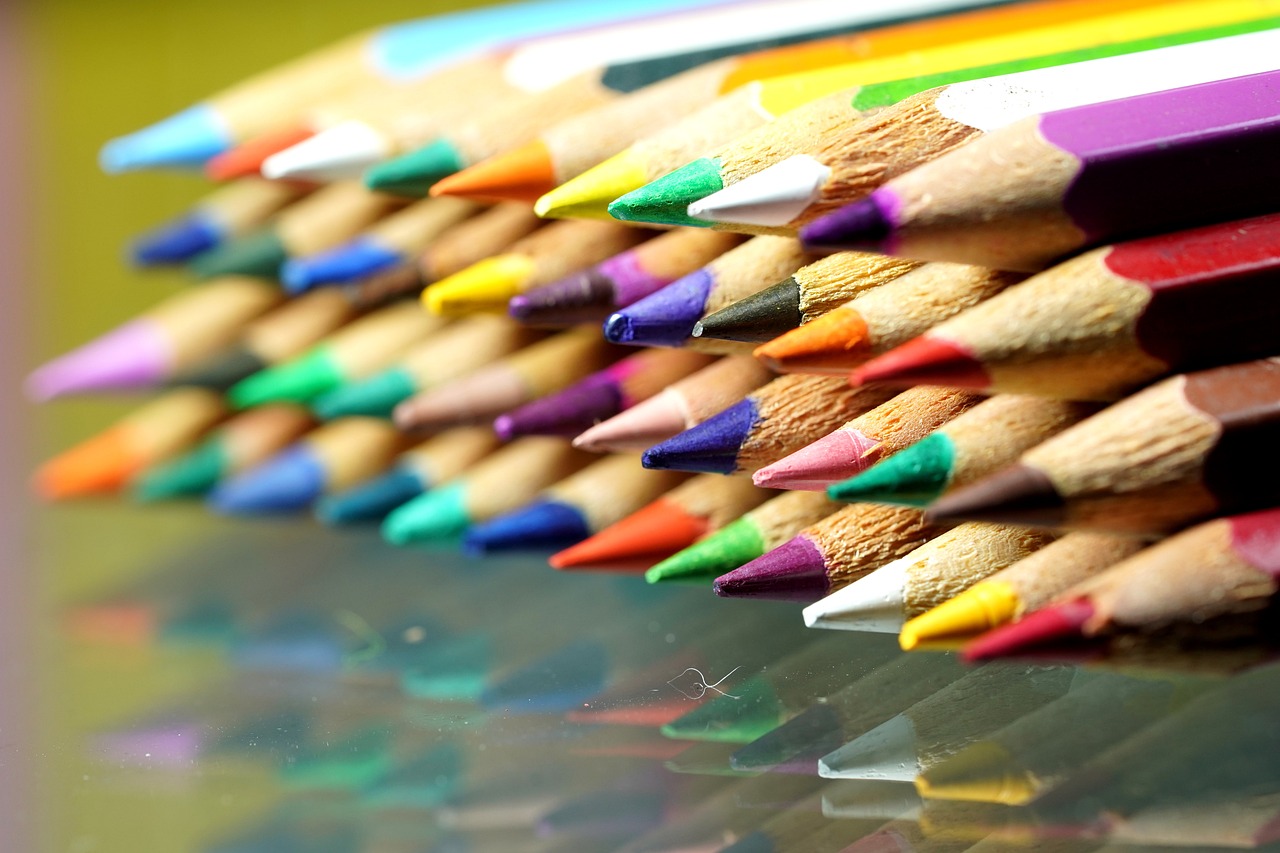
When it comes to warm colors, their meanings can vary dramatically across different cultures. For instance, in Western cultures, red is often associated with love and passion, but it can also signify danger or anger. In contrast, in some Eastern cultures, red is a symbol of happiness and prosperity, frequently used in celebrations like weddings and festivals. This duality in meaning demonstrates how the context of culture plays a pivotal role in interpreting color.
Similarly, the color orange, which can evoke feelings of enthusiasm and creativity in many Western societies, may have different connotations in other parts of the world. For example, in some Asian cultures, orange is linked to Buddhism and represents spirituality and renunciation. This shows that what might feel energizing and uplifting to one group could be seen as solemn or reflective to another.
Understanding these cultural nuances is essential for artists who wish to connect with a diverse audience. For instance, if an artist is creating a piece intended for a global audience, they might need to consider how their use of warm colors will be perceived in various cultural contexts. Art is a universal language, yet the dialects of color can differ significantly. This complexity can be both a challenge and an opportunity for creative expression.
To further illustrate this point, here’s a quick overview of warm colors and their cultural associations:
| Color | Western Association | Eastern Association |
|---|---|---|
| Red | Love, Passion, Danger | Happiness, Prosperity |
| Orange | Energy, Creativity | Spirituality, Renunciation |
| Yellow | Joy, Happiness | Wealth, Royalty |
Ultimately, the emotional impact of warm colors in art is not just about the colors themselves, but also about the rich tapestry of cultural meanings they carry. As artists navigate these waters, they have the power to evoke a spectrum of emotions, bridging connections between their work and the viewers’ experiences. By being aware of these cultural associations, artists can create pieces that resonate on a deeper level, making their work not just visually appealing, but also profoundly meaningful.
- What are warm colors? Warm colors include red, orange, and yellow, and they typically evoke feelings of energy, passion, and warmth.
- How do cultural associations affect the interpretation of colors? Cultural backgrounds can significantly influence how colors are perceived, with different meanings attached to the same color in various cultures.
- Can warm colors be used negatively? Yes, while warm colors often convey positive emotions, they can also represent danger or aggression depending on the context.
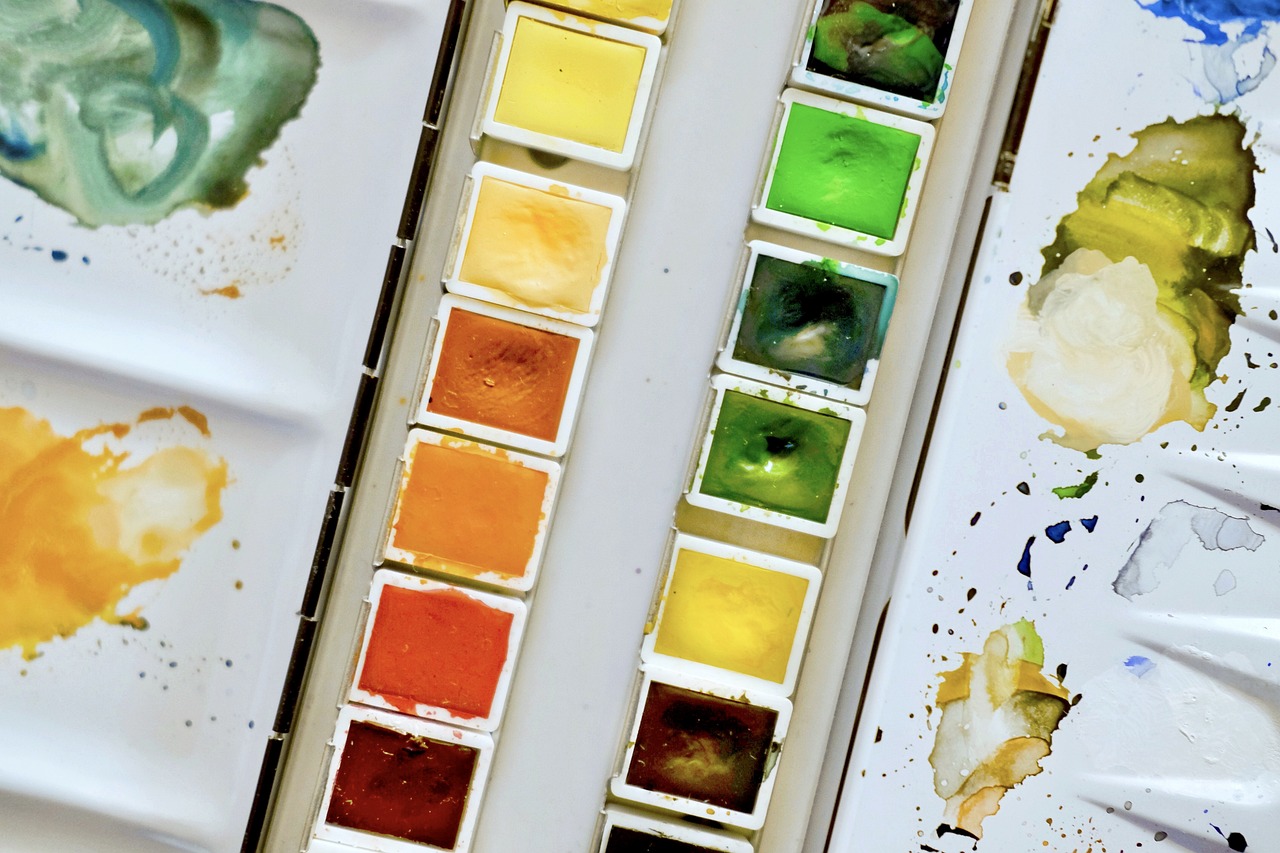
When we think of cool colors, images of serene landscapes and tranquil waters often come to mind. These colors, primarily consisting of blue, green, and purple, are known for their ability to evoke feelings of calmness and relaxation. Imagine standing by a peaceful lake at dusk; the cool blues and greens reflect the tranquility of the moment, soothing your mind and spirit. Artists have long understood the emotional resonance of these hues, using them to create a sense of peace or introspection in their works.
One fascinating aspect of cool colors is their psychological impact. For instance, blue is often associated with trust and stability, making it a popular choice in corporate branding and design. Similarly, green is linked to nature and growth, symbolizing renewal and balance. These associations can significantly influence how viewers perceive a painting, allowing artists to tap into deep-seated emotions through their color choices.
Moreover, the use of cool colors can also affect the perceived temperature of a painting. While warm colors tend to dominate and energize, cool colors recede, creating a sense of depth and space. This can make a room feel larger and more open, which is why many interior designers favor cool palettes for creating soothing environments. In art, this technique can lead to a feeling of distance or reflection, inviting viewers to ponder the deeper meanings behind the artwork.
Artists often employ cool colors in various ways to manipulate the mood of their pieces. For instance, a landscape painted predominantly in greens and blues can evoke feelings of peace and harmony, while a portrait using cooler tones might convey melancholy or introspection. This emotional versatility makes cool colors invaluable tools in an artist's palette.
To illustrate the emotional effects of cool colors, consider the following table that summarizes their psychological associations:
| Color | Emotional Associations |
|---|---|
| Blue | Calmness, Trust, Sadness |
| Green | Growth, Harmony, Renewal |
| Purple | Creativity, Mystery, Spirituality |
In conclusion, cool colors play a crucial role in the emotional landscape of painting. They provide a counterbalance to the intensity of warm colors and can evoke a wide range of feelings, from deep tranquility to reflective sadness. As artists continue to explore these hues, they unlock new dimensions of emotional expression, inviting viewers into a world of color and feeling that transcends the visual.
- What are cool colors? Cool colors include blue, green, and purple, and are often associated with calmness and tranquility.
- How do cool colors affect emotions? They can evoke feelings of peace, sadness, and introspection, influencing how viewers perceive a piece of art.
- Can cool colors be used in all types of art? Yes, artists can incorporate cool colors in various styles and mediums to convey different emotions and atmospheres.
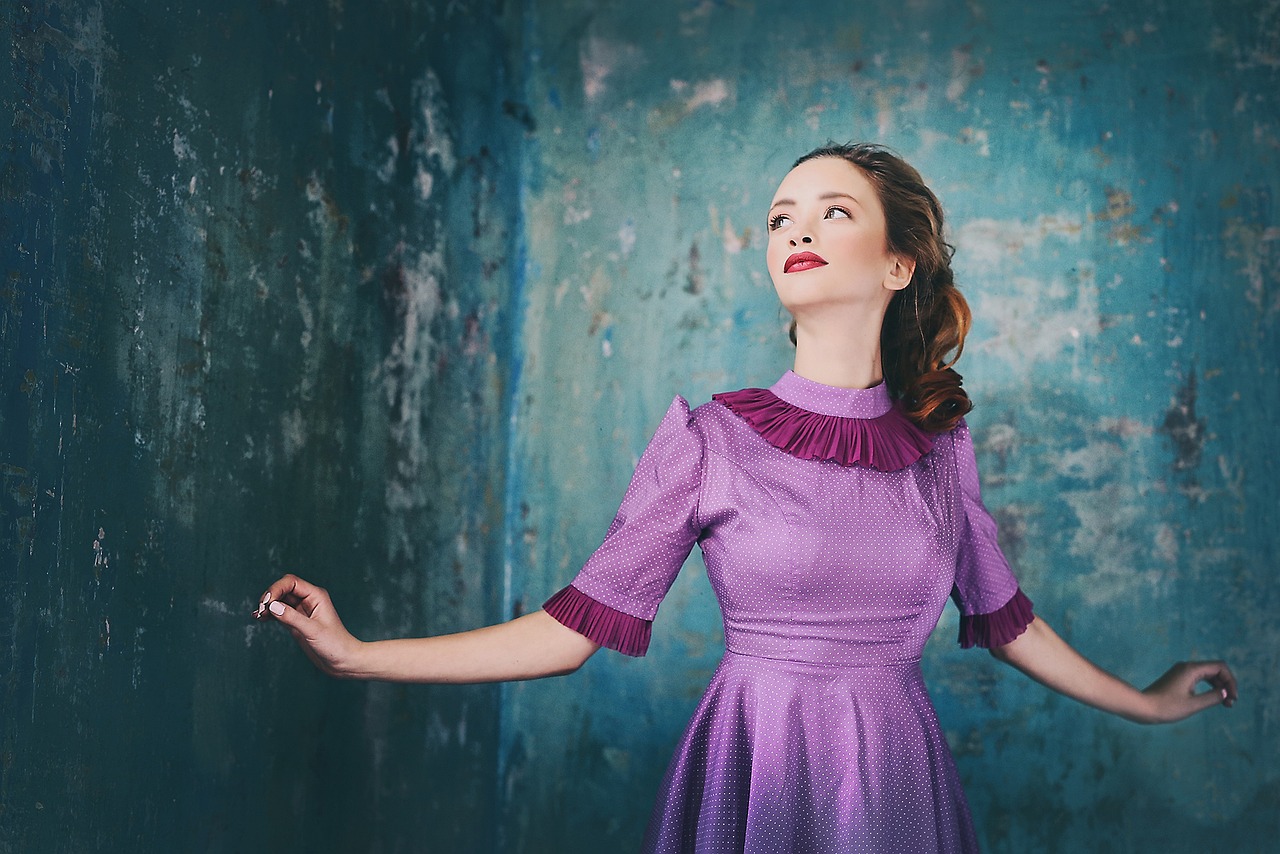
When it comes to painting, the magic often lies in how colors interact with one another. The interplay of colors can significantly enhance emotional expression, creating a visual symphony that resonates with viewers on a deeper level. Have you ever gazed at a painting and felt an inexplicable rush of emotions? That's the power of color combinations at work! Artists carefully select and combine colors to evoke specific feelings, and understanding this can transform how we perceive their work.
For instance, consider the use of contrasting colors. When an artist employs complementary colors—those that sit opposite each other on the color wheel, like blue and orange or red and green—they create a striking visual tension that can evoke feelings of excitement or conflict. This dynamic can be particularly effective in conveying drama or intensity in a scene. Have you ever noticed how a vibrant red against a cool blue can make the red seem even more alive? This is the result of our eyes naturally reacting to the contrast, heightening our emotional response.
On the other hand, artists may choose to create a more harmonious and serene atmosphere using analogous colors, which are adjacent to each other on the color wheel. Think of colors like blue, blue-green, and green. When used together, these colors can produce a soothing effect, inviting feelings of calmness and tranquility. This approach is often seen in landscapes or peaceful scenes, where the goal is to evoke a sense of relaxation and harmony with nature.
To illustrate the emotional impact of color combinations, let’s look at some common pairings and their effects:
| Color Combination | Emotional Response |
|---|---|
| Red and Green | Excitement, Energy |
| Blue and Yellow | Joy, Optimism |
| Purple and Gold | Lavishness, Royalty |
| Black and White | Elegance, Simplicity |
Additionally, the context in which these colors are used can further enhance their emotional resonance. For example, a painting featuring warm colors like red and orange might evoke feelings of passion in a romantic context, while the same colors could suggest danger or aggression in a different setting. This highlights the importance of not just the colors themselves but also the narrative and themes the artist wishes to convey.
In conclusion, the way colors are combined in a painting plays a crucial role in shaping the viewer's emotional experience. Whether through contrasting pairs that create tension or harmonious schemes that promote peace, the artist's choices can lead to profound emotional reactions. So, the next time you find yourself captivated by a piece of art, take a moment to consider the colors at play and how they might be influencing your feelings. What stories do they tell? What emotions do they evoke? The answers may surprise you!
- What are complementary colors? Complementary colors are pairs of colors that are opposite each other on the color wheel, such as blue and orange or red and green. They create high contrast and vibrant visuals when used together.
- How do colors affect mood in art? Different colors can evoke various emotions. For example, warm colors like red and yellow can create feelings of warmth and energy, while cool colors like blue and green often evoke calmness and tranquility.
- Can the same color combination evoke different emotions? Yes! The emotional impact of color combinations can vary depending on context, culture, and personal experiences. The same colors can tell different stories based on how they are used.
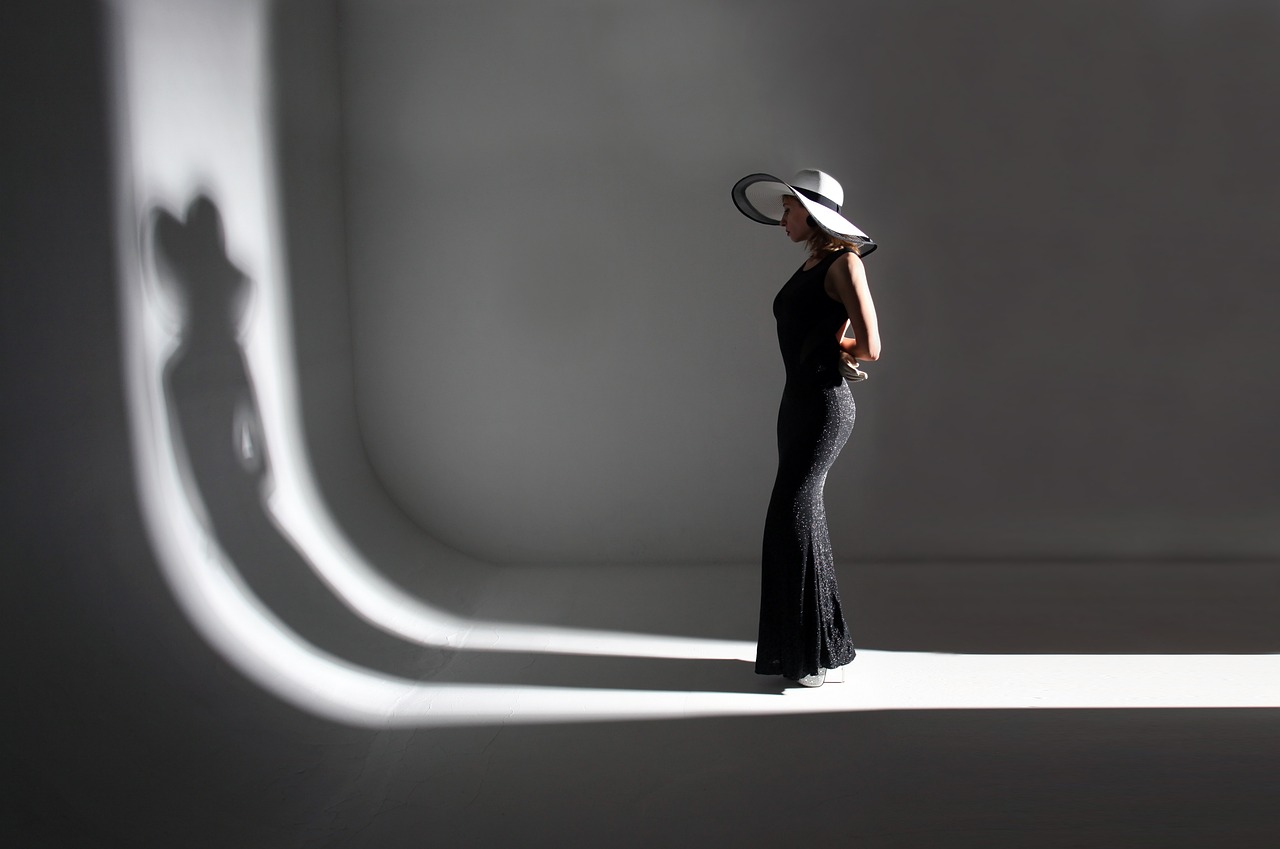
When it comes to painting, the use of complementary colors can be a game-changer. These colors are located directly opposite each other on the color wheel, creating a striking contrast that can make a painting come alive. Think of it like a dance between two partners; when they move together, the result can be breathtaking. For example, the vibrant clash of red and green or blue and orange can evoke a sense of energy and excitement that captivates the viewer's eye.
Artists often harness this dynamic tension to evoke specific emotions or highlight certain elements within their work. Imagine walking into a gallery and being immediately drawn to a piece where the artist has skillfully juxtaposed complementary colors. The contrast not only grabs your attention but also stirs your emotions. It’s almost as if the colors are in conversation, each one enhancing the other’s presence. This interplay is crucial in guiding the viewer’s perception and emotional response.
Furthermore, complementary colors can also be used to create a sense of balance. While one color may dominate the canvas, the complementary hue can provide necessary relief, preventing the artwork from feeling overwhelming. This balance is akin to a well-orchestrated symphony, where every note contributes to a harmonious whole. For instance, a predominantly blue painting can feel serene, but when splashes of orange are introduced, it can transform the entire mood, adding warmth and vibrancy.
Here’s a quick look at some common complementary color pairs:
| Color Pair | Emotional Impact |
|---|---|
| Red & Green | Energy and Passion |
| Blue & Orange | Calmness with Excitement |
| Yellow & Purple | Cheerfulness and Mystery |
However, it’s essential for artists to be mindful of how they use these complementary colors. Overdoing it can lead to chaos rather than harmony. Just like seasoning in a dish, the right amount can enhance the flavor, but too much can ruin the meal. Therefore, understanding the psychological effects of these colors and how they interact is vital for artists aiming to convey complex emotions.
In conclusion, the strategic use of complementary colors not only enhances the visual appeal of a painting but also deepens the emotional experience for the viewer. By carefully balancing these vibrant hues, artists can create works that resonate on multiple levels, inviting viewers into a world of color and feeling that is both dynamic and engaging.
- What are complementary colors? Complementary colors are pairs of colors that are opposite each other on the color wheel, such as red and green or blue and orange.
- How do complementary colors affect emotions in art? They create strong contrasts that can evoke various emotional responses, enhancing the viewer's experience and engagement with the artwork.
- Can using too many complementary colors be overwhelming? Yes, while they can create dynamic tension, overusing them can lead to visual chaos. Balance is key!
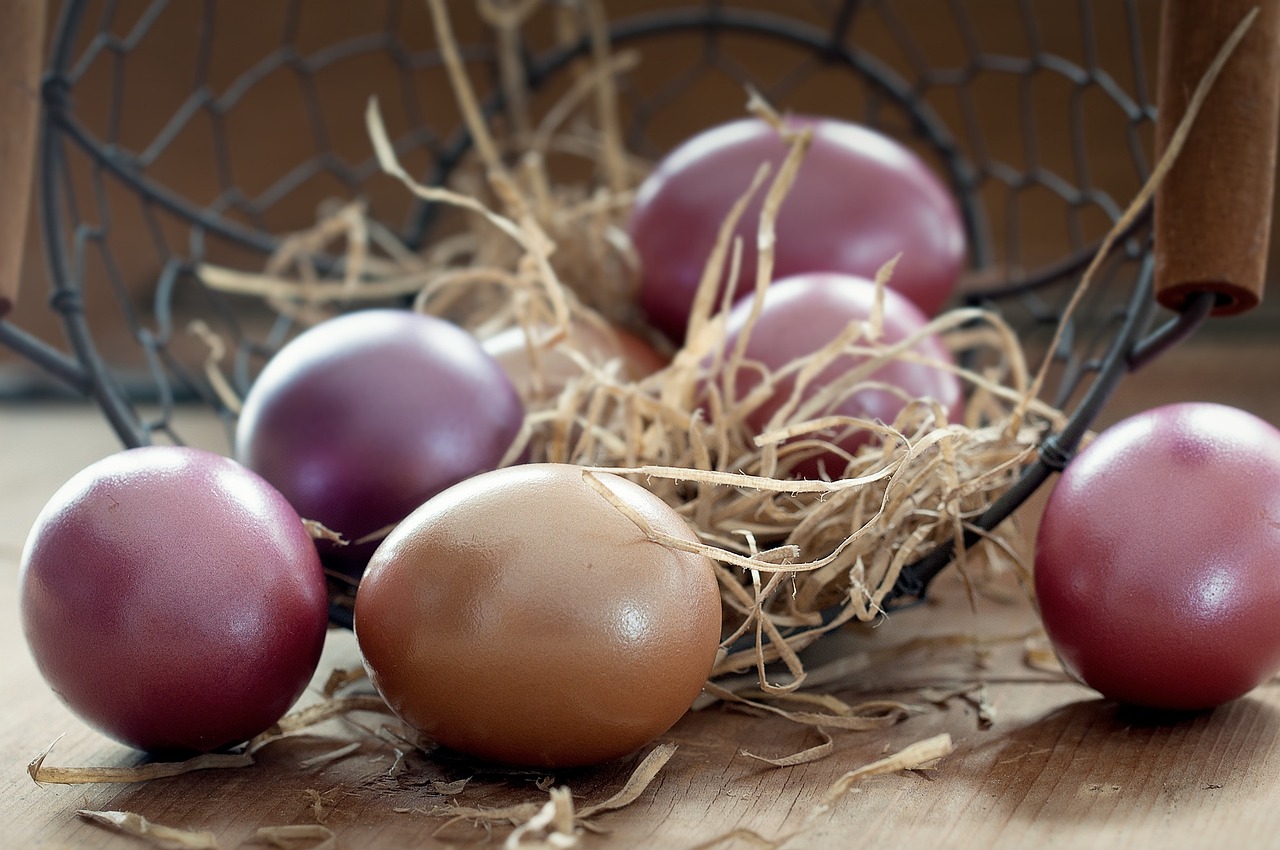
When it comes to painting, monochromatic schemes offer a unique and powerful way to convey emotions. By utilizing different shades, tints, and tones of a single color, artists can create a cohesive mood that resonates deeply with viewers. Imagine walking into a room painted in various shades of blue; the calming effect envelops you, making you feel relaxed and at peace. This is the essence of monochromatic color schemes—they can evoke a spectrum of emotions while maintaining a unified aesthetic.
One of the primary advantages of using a monochromatic palette is the simplicity it brings to a piece. By focusing on one color, artists can delve deeper into the emotional nuances associated with that hue. For instance, an artist might choose a range of reds to express love, passion, or even anger, allowing the viewer to experience these emotions through the intensity and variation of the color. The subtle shifts in tone can create a dynamic narrative that pulls the audience in, inviting them to explore the layers of meaning behind each brushstroke.
To illustrate how effective monochromatic schemes can be, consider the following table that outlines the emotional implications of various single-color palettes:
| Color | Emotional Implications |
|---|---|
| Red | Passion, Energy, Anger |
| Blue | Calmness, Sadness, Serenity |
| Green | Growth, Tranquility, Balance |
| Yellow | Happiness, Optimism, Caution |
| Purple | Mystery, Luxury, Spirituality |
Moreover, the choice of a monochromatic scheme can also be influenced by the context in which the artwork is presented. For example, a painting dominated by shades of green might evoke feelings of tranquility in a nature-themed gallery, while the same palette could convey feelings of envy or jealousy in a different context. This adaptability makes monochromatic schemes incredibly versatile, allowing artists to tailor their emotional messages based on their intended audience.
In conclusion, monochromatic schemes are not just about color; they are about emotion, context, and narrative. By harnessing the power of a single color, artists can create profound emotional experiences that resonate with viewers on multiple levels. Whether it's the soothing blues of a serene landscape or the fiery reds of a passionate portrait, the monochromatic approach invites us to explore the depths of our feelings and the stories that colors can tell.
- What is a monochromatic color scheme? A monochromatic color scheme involves using variations of a single color, including its shades, tints, and tones, to create a unified look and emotional impact in artwork.
- How can I use monochromatic schemes in my own painting? Start by selecting a color that resonates with the mood you want to convey. Experiment with different shades and tints of that color to create depth and interest.
- Are monochromatic schemes suitable for all types of art? Yes! Monochromatic schemes can be applied to various art forms, including painting, photography, and graphic design, making them a versatile choice for artists.
Frequently Asked Questions
- How does color influence emotions in painting?
Color plays a pivotal role in evoking emotions. Different colors can trigger various feelings, such as warmth and excitement from reds and oranges or calmness and serenity from blues and greens. Artists skillfully use these emotional responses to connect with viewers on a deeper level.
- What is the psychology behind color choices in art?
The psychology of color suggests that colors can influence mood and perception. For instance, warm colors are often associated with energy and passion, while cool colors are linked to tranquility and calmness. Understanding these associations helps artists choose colors that align with the emotions they wish to convey.
- What are primary and secondary colors?
Primary colors are the building blocks of all other colors and include red, blue, and yellow. Secondary colors, created by mixing primary colors, include green, orange, and purple. Mastering these basics is essential for any painter looking to express emotions effectively.
- How can warm colors create intensity in a painting?
Warm colors like red and yellow can evoke strong emotions and create a sense of urgency. Artists often use these hues to draw attention and create a dynamic atmosphere, making the viewer feel more engaged with the artwork.
- Do cultural backgrounds affect emotional responses to colors?
Absolutely! Cultural backgrounds can significantly influence how colors are perceived. For example, while white may symbolize purity in some cultures, it can represent mourning in others. Artists must consider these cultural nuances when choosing their color palettes.
- What are complementary colors and how do they affect emotions?
Complementary colors are pairs of colors that, when combined, cancel each other out, resulting in a grayscale color. In art, using complementary colors creates visual tension and contrast, which can evoke specific emotions and draw the viewer's eye to focal points within the painting.
- What is a monochromatic color scheme?
A monochromatic color scheme involves using variations of a single color, which can create a cohesive and harmonious mood in a painting. This technique allows artists to explore different shades and tints, conveying deep emotional narratives without the distraction of multiple colors.



















